Kinhtedothi - In recent years, the urban and rural appearance of the capital Hanoi has changed dramatically, gradually building a smart, modern urban area...
Urban and rural landscapes change dramatically
According to the Hanoi People's Committee, in recent years, the urban and rural appearance of Hanoi has changed dramatically, gradually building a smart and modern urban area.
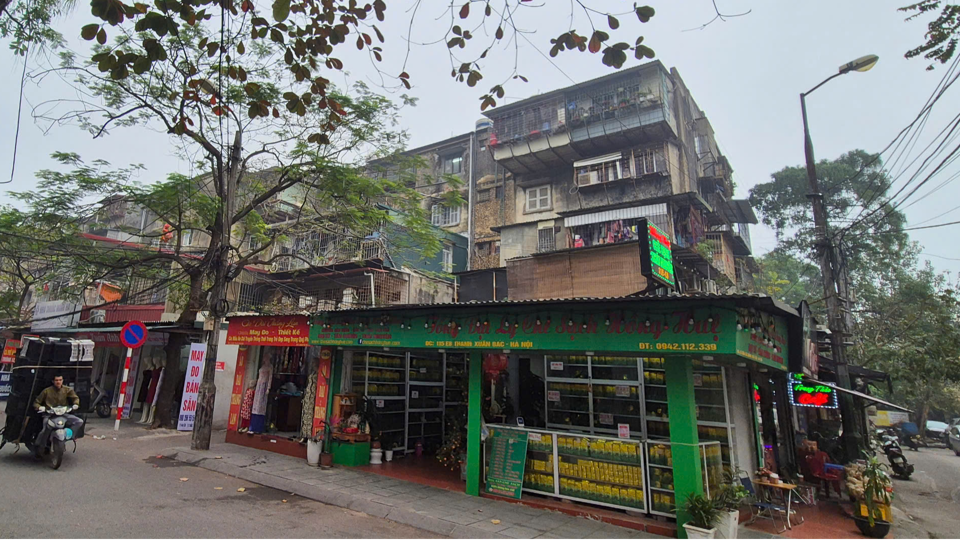
“Developing the capital Hanoi “Cultured - Civilized - Modern” is a particularly important political task in the strategy of building and defending the Fatherland with the spirit of “The whole country for Hanoi, Hanoi for the whole country”. This is the responsibility and obligation of the entire Party, the entire people, the entire political system, and the top task of the Party Committee, the government and the people of the capital Hanoi.
The process of developing the urban system of Hanoi Capital not only promotes the economic - cultural - social development of the Capital, but also of the region, creating conditions for the City to integrate internationally and develop on par with the capitals of developed countries in the region.
Implementing the Capital Law 2024 in practice, with fundamental advantages in developing Hanoi Capital into a modern, smart urban area that leads and creates spillover effects, connecting urban areas; has a high standard of living and quality of life; economy, culture, and society develop comprehensively, uniquely and harmoniously.
In addition, building the Party Committee and political system of the capital Hanoi to be truly exemplary, united, clean, and strong in all aspects, as President Ho Chi Minh often advised during his lifetime: "The Hanoi Party Committee must set an example for other Party Committees."
95 years have passed since its establishment, the Hanoi Party Committee has promoted the tradition of solidarity, creativity, determination to overcome all difficulties and challenges, building Hanoi to become increasingly rich, civilized, and modern, becoming a symbol of the heroic Vietnamese nation; the belief and hope of the people of the whole country and the Capital of conscience and human dignity, the City for peace... step by step enhancing the position and stature of the Capital "A thousand years of culture and heroism", building Hanoi to become a cultured - civilized - modern Capital, a globally connected City" - Associate Professor, Dr. Nguyen Danh Tien - Director of the Institute of Party History (Ho Chi Minh National Academy of Politics) .
During the restoration and renovation period (1954-1960), Hanoi put into use 6 new public and living facilities, 8 cultural and educational facilities. During the first five-year plan period (1961-1965), Hanoi continued to complete and put into use 30 public and living facilities, 3 scientific research facilities, 31 cultural and educational facilities and 15 medical facilities. If during the 14 years from 1940-1954, Hanoi only had 4,600 m2 of newly built houses, then on average each year in the following period, more than 10,000 m2 of houses were built.
Since 1960, many collective housing areas for workers have been built: Kim Lien; Giang Vo; Thanh Cong... In the field of transportation, Hanoi has restored the Hanoi-Lang Son railway (in 1955), the Hanoi-Lao Cai railway (in 1956), the Southern railway (in 1957) and opened the Hanoi-Thai Binh passenger canoe route. Also during this time, in Hanoi, hundreds of kilometers of old dirt roads were paved with stone, 17 kilometers of roads were paved with asphalt, and 7 kilometers of asphalt roads were completely renovated.
From 1965 to 1975, Hanoi completed and put into use 320 production facilities, 58 welfare facilities, and 36 cultural and educational facilities. In 1975, 64,000 square meters of housing were built and 26 high-rise buildings were completed. In the period of 1981 to 1985, the construction of material and technical infrastructure achieved initial results, especially in the fields of housing, transportation, and urban lighting (except for the two years of 1978 to 1979).
In 1985, the completed housing area reached its highest level (155,000 m2). Thanh Xuan, Kim Giang, Bach Khoa University, and Quynh Loi high-rise buildings were built. Although they were not yet modern urban areas, they significantly met the living needs of the people.
During this period, many large projects were completed and put into use such as: Thang Long Bridge, Duong Bridge, Chuong Duong Bridge, Pha Den Port, Road 6 (Hanoi - Ha Dong section), Hanoi Maternity Hospital, Vietnam - Sweden Children's Hospital, Vietnam - Soviet Union Friendship Labor Cultural Palace (now Friendship Cultural Palace). At the same time, the City had a policy to renovate the low-voltage grid and water supply in the inner city, and built a unified urban development - inner-city traffic plan.
After 1986, housing development, especially planned housing and high-rise apartment buildings, made remarkable progress. 2001-2005 period: The city built 4.8 million square meters of housing, equal to the entire housing area put into use during the period 1955-1995. The housing area according to planning projects, modern high-rise buildings and housing funds serving migration accounted for an increasing proportion. Essential public services such as electricity and water were significantly enhanced and expanded, providing better quality services to the people. The postal and telecommunications systems were upgraded to meet advanced standards.
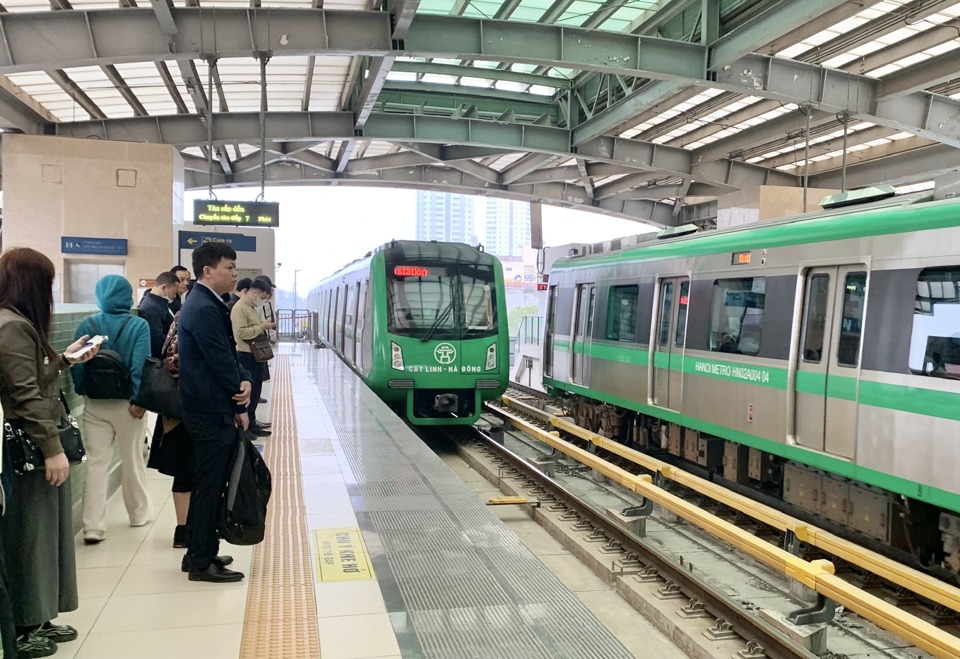
Along with that, Hanoi has made three major administrative boundary adjustments. Initially, the public transport network was developed, the ring road, overpass and bus system were planned; housing and high-rise apartment buildings were focused on development (Cau Giay; Thanh Xuan; Nam Thang Long - Ciputra Hanoi Urban Area; Trung Hoa - Nhan Chinh Urban Area; My Dinh Urban Area...).
From 2008 to present, urban planning, construction and management, traffic order and safety have had positive changes. Urban space has been expanded, the appearance of the capital has changed a lot, becoming brighter, greener, cleaner and more beautiful; more spacious, civilized, modern, forming many new civilized and modern urban areas such as: Vinhomes River Side, Vin City Ocean Park, Vin City Sportia, Garmuda, Royal City, Times City...
Investing in building 18 bridges over the Red River, many projects and traffic works
Many projects and traffic works have been deployed, put into use and promoted effectively. The city has completed and put into use the Cat Linh - Ha Dong urban railway line and railway line No. 3, the elevated section Nhon - Cau Giay, speeding up the progress of the underground section from Cau Giay to Hanoi Railway Station.
Along with the basic closure of Ring Road 1, Ring Road 2, Ring Road 3, Hanoi and the provinces of Hung Yen and Bac Ninh are vigorously implementing the Ring Road 4 - Capital Region project... When the route is put into operation, it will open up space, creating more development momentum for the entire Red River Delta region.
The Ring Road 5 project is planned to pass through Hanoi and 7 adjacent provinces: Vinh Phuc, Thai Nguyen, Bac Giang; Hai Duong; Thai Binh, Ha Nam, Hoa Binh. Once completed, it will double the influence of the capital Hanoi in the Northern region as well as the whole country.

Currently, Hanoi is focusing resources on investing in the construction of 18 bridges over the Red River (8 bridges have been built and Long Bien Bridge has been renovated; 9 new bridges will be built. Currently, the investment project to build 3 more bridges (Hong Ha, Me So, Van Phuc) has been approved. The City People's Council has passed a Resolution approving the investment policy for 3 bridges including Tu Lien Bridge, Tran Hung Dao Bridge and Ngoc Hoi Bridge) with a total investment of nearly 48,000 billion VND.
Along with that, Hanoi adjusted and supplemented the list of 35 land acquisition projects in 2025 in the area. Among them, there are many large urban area projects such as: G29 Urban Area, Dong Anh District, scale of 218.44 hectares; G4 Urban Area, Dong Anh District, 169.43 hectares; Me Linh New High-class Urban Area, 189.6 hectares; Vien Son New Urban Area, Son Tay Town, 125 hectares...
Mobilize all resources, diversify investment methods, identify specific mechanisms and policies to accelerate progress, strive to complete 14 urban railway lines with a total length of 550km by 2035, in order to promote breakthroughs in infrastructure. Urban renovation and beautification work is maintained regularly, forming urban civilization, including a number of model streets; renovate and build many new flower gardens and parks; plant trees in sync with undergrounding power and communication cable systems.
Resolutely implement measures to handle environmental pollution
According to the assessment of the Hanoi People's Committee, one of the highlights is that the rural appearance has changed positively towards civilization and modernity. The construction of new rural areas, advanced new rural areas, and model new rural areas has achieved positive results. Up to now, 18/18 districts and towns have met new rural standards; 382/382 (100%) communes have met new rural standards; 188/382 communes have met advanced new rural standards (49.2%), 76 communes have met model new rural standards - achieving the 2024 Plan.
In addition, Hanoi is resolutely implementing measures to deal with environmental pollution with a radical, practical and comprehensive spirit to fundamentally solve environmental pollution. In particular, focusing on collecting, transporting and treating waste with modern, circular and environmentally friendly technology; eliminating local flooding; reviving rivers, exploiting the potential advantages of water surface space of river systems, ponds and lakes... towards building a low-emission economy, using clean energy,...
After 70 years of construction and development, Hanoi has steadily overcome many hardships and challenges, achieving many great achievements, worthy of the position and role of the Capital, as "The national political and administrative nerve center, the heart of the whole country; a major center of economy, culture, education and training, science and technology and international integration". Continuing to write a glorious history, making a mark on the map of capitals of countries around the world - these are the solid premises for Hanoi to develop rapidly, becoming a cultural, civilized, modern Capital, together with the whole country advancing strongly into a new era - the era of national development.
Hanoi leads the country in implementing social security and welfare work, improving people's quality of life.
According to the assessment of the Hanoi People's Committee, along with promoting economic development, ensuring social security, improving people's lives has always been a focus and concern of the City. After the expansion, the average gross domestic product per capita of Hanoi was 28.1 million VND/person. In 2010, it increased to 37.1 million VND; in 2013, it increased to 63.3 million VND; in 2024, it reached 163.5 million VND/person. Hanoi has mobilized the participation of the entire political system, organizations, individuals, and businesses to resolutely and synchronously implement social security policies and measures.
The State's policies for people with meritorious services, poor households, near-poor households, social protection beneficiaries, the elderly, the disabled, ethnic minorities, etc. are implemented correctly, sufficiently and promptly. Hanoi issues and implements many specific policies unique to Hanoi on social welfare; Hanoi's poverty line is always higher than the national standard. Completed the construction of 10,000 houses for people with meritorious services, supported the construction and repair of 7,565 houses for poor households.
Effectively implementing the National Target Program on Sustainable Poverty Reduction; compared to 2019, in 2023 the multidimensional poverty rate of the capital decreased from 0.21% to 0.031%; the general unemployment rate decreased from 2.11% to 1.89%; the health insurance coverage rate increased from 88.3% to 95.25%. Hanoi is the locality with the highest Human Development Index in the country according to the United Nations Development Program's measurement, reflecting on 3 aspects: health, knowledge and income.
To date, Hanoi has 19/30 districts with no poor households, including 5 districts with no near-poor households. Ethnic work has been given attention, the socio-economic development of ethnic minority areas has developed synchronously, the lives of ethnic minorities have improved significantly; since 2018, there have been no communes or villages in particularly difficult situations.
Source: https://kinhtedothi.vn/ha-noi-phat-trien-but-pha-hien-thuc-muc-tieu-xay-dung-do-thi-thong-minh-hien-dai.html




![[Photo] Prime Minister Pham Minh Chinh chairs the meeting of the Government Party Committee Standing Committee](https://vstatic.vietnam.vn/vietnam/resource/IMAGE/2025/8/23/8e94aa3d26424d1ab1528c3e4bbacc45)


![[Photo] General Secretary To Lam attends the 80th Anniversary of the Cultural Sector's Traditional Day](https://vstatic.vietnam.vn/vietnam/resource/IMAGE/2025/8/23/7a88e6b58502490aa153adf8f0eec2b2)

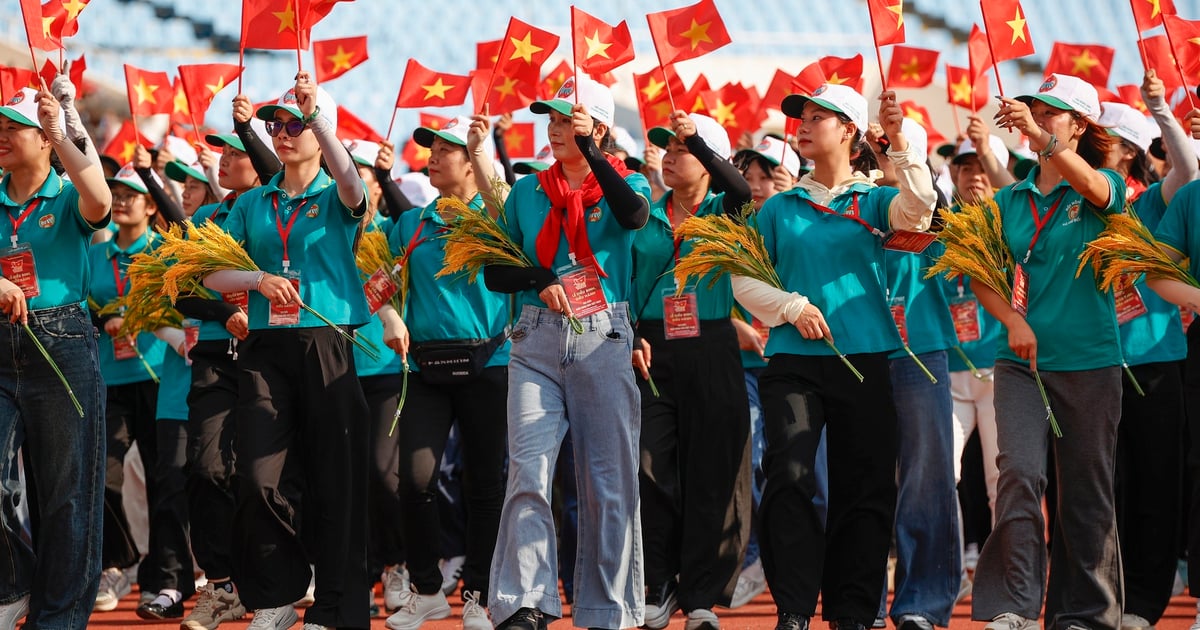





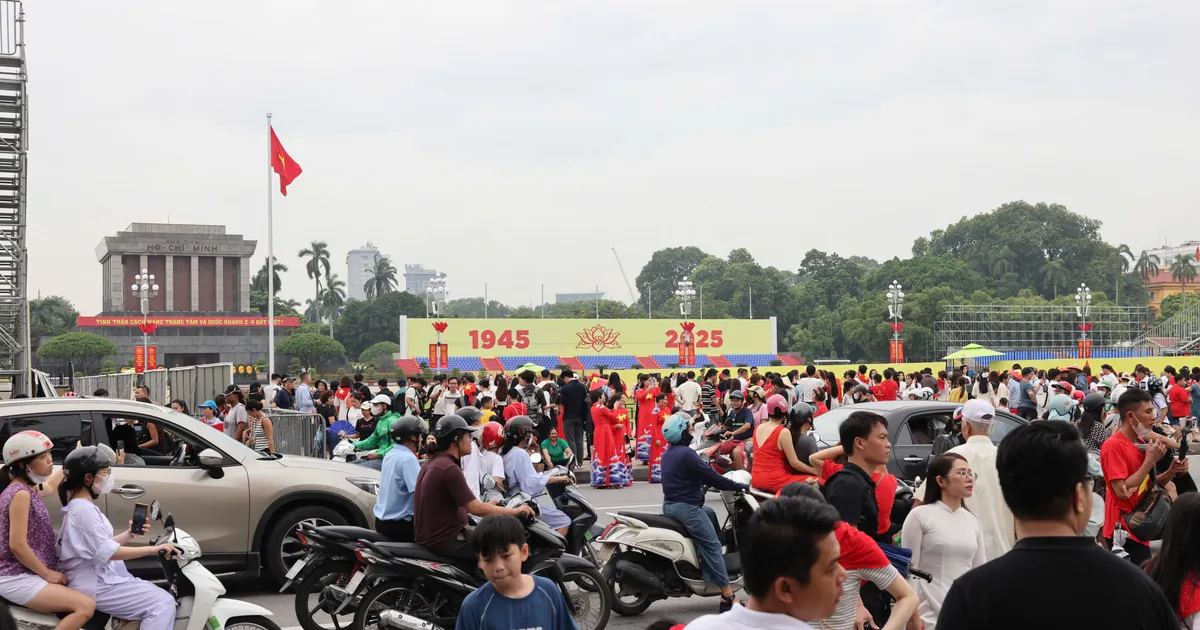

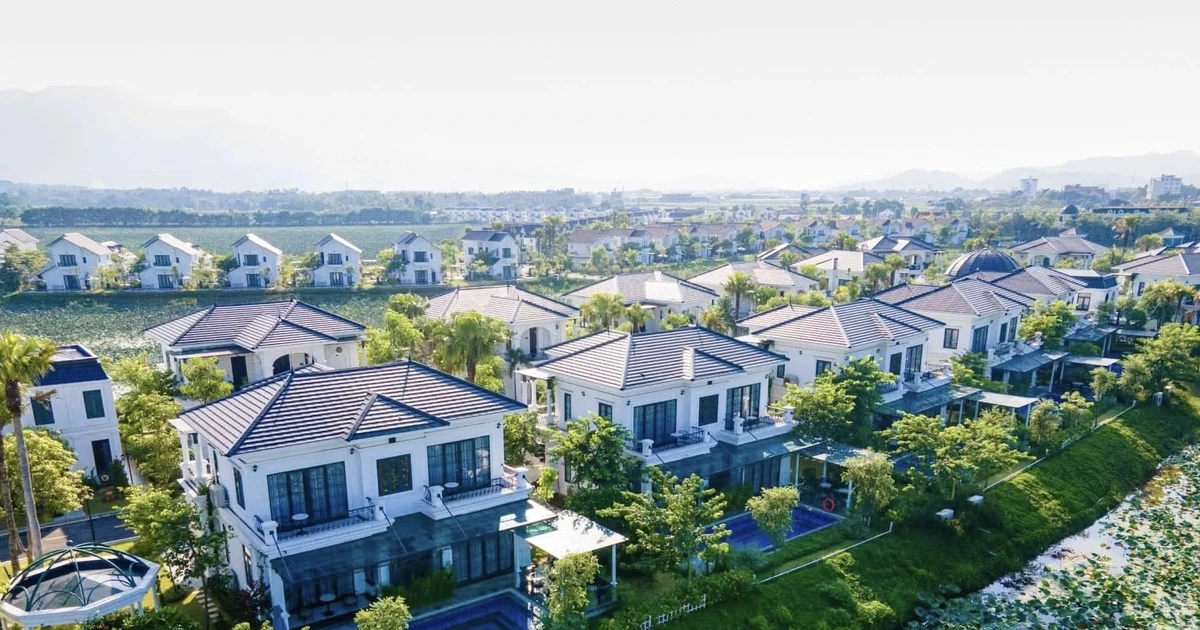
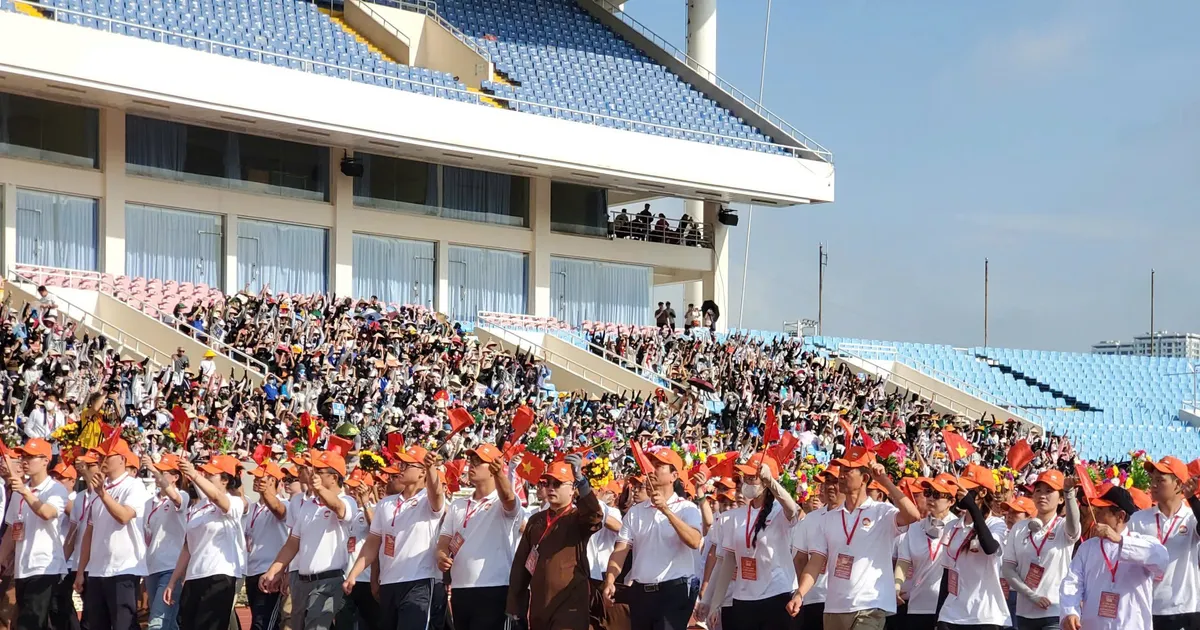






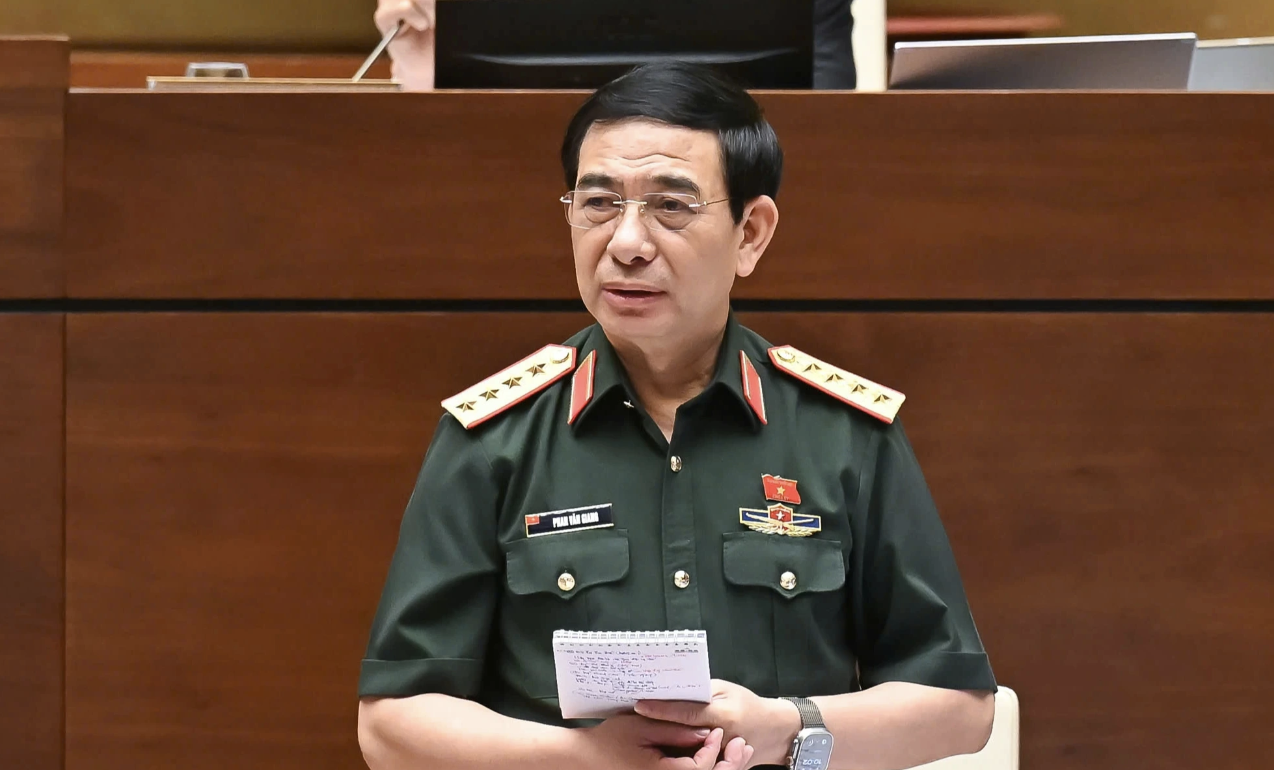
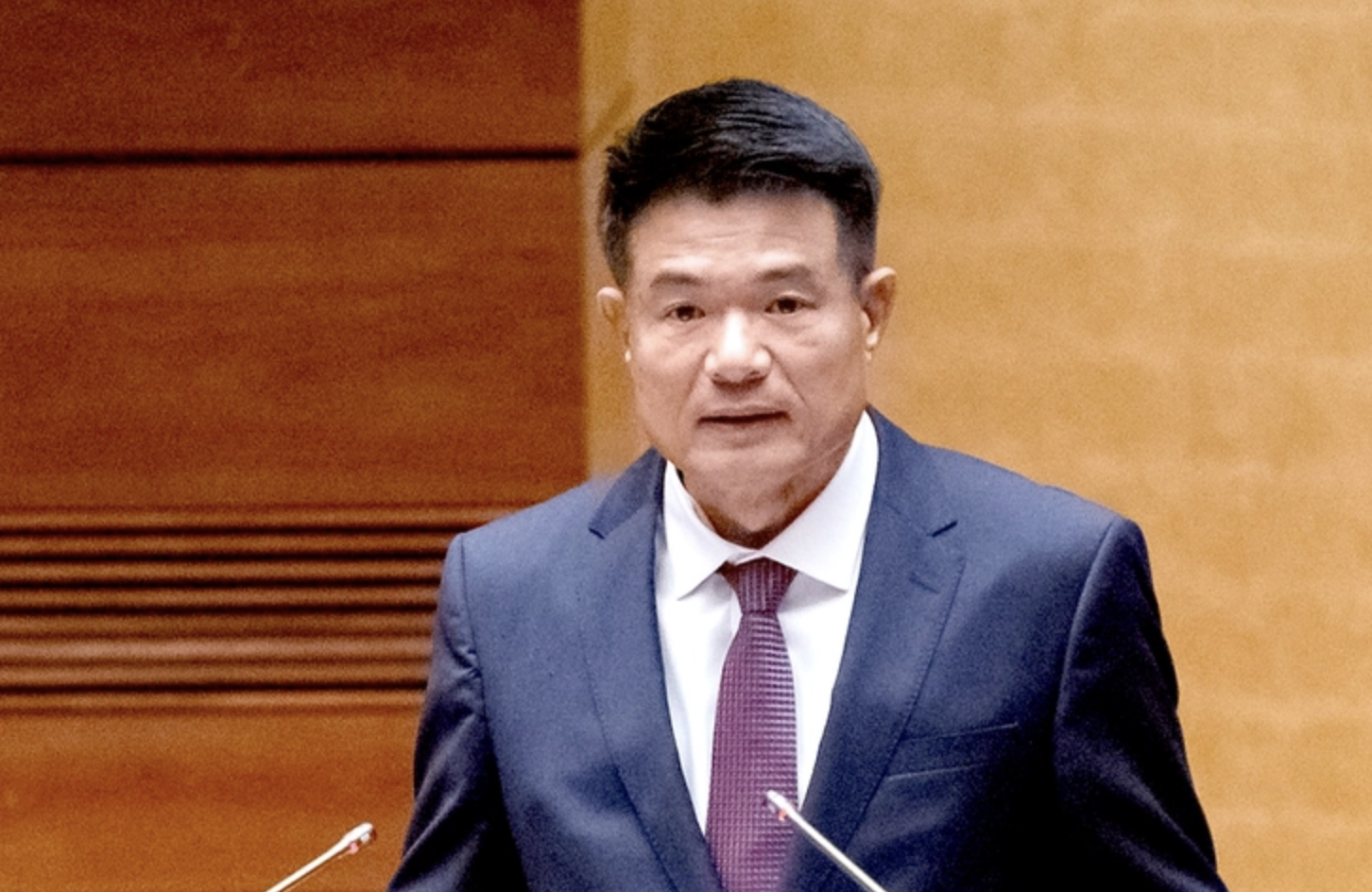

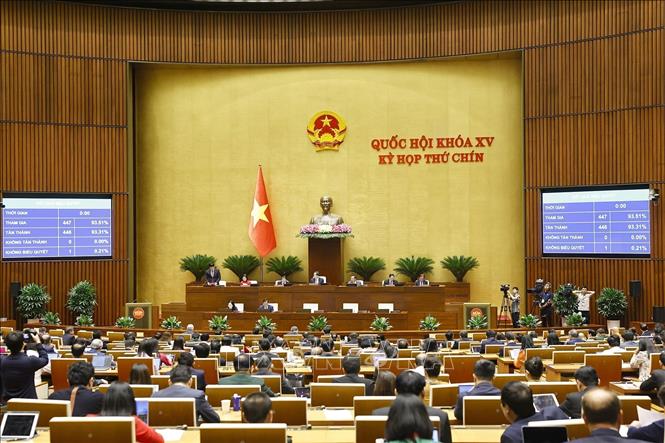





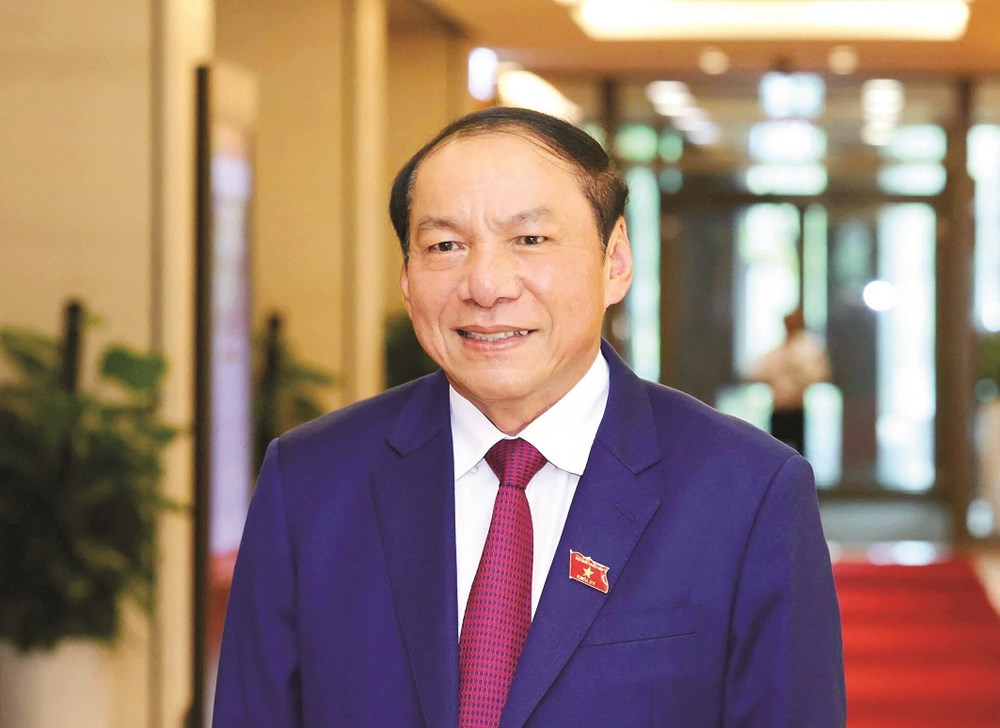
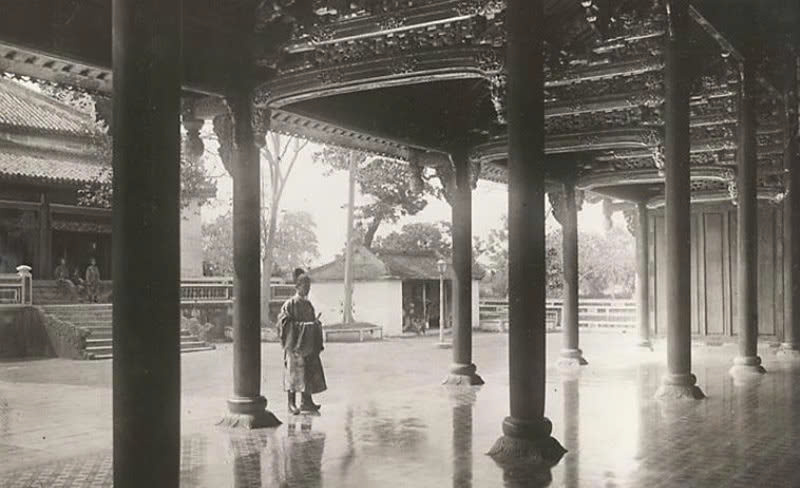
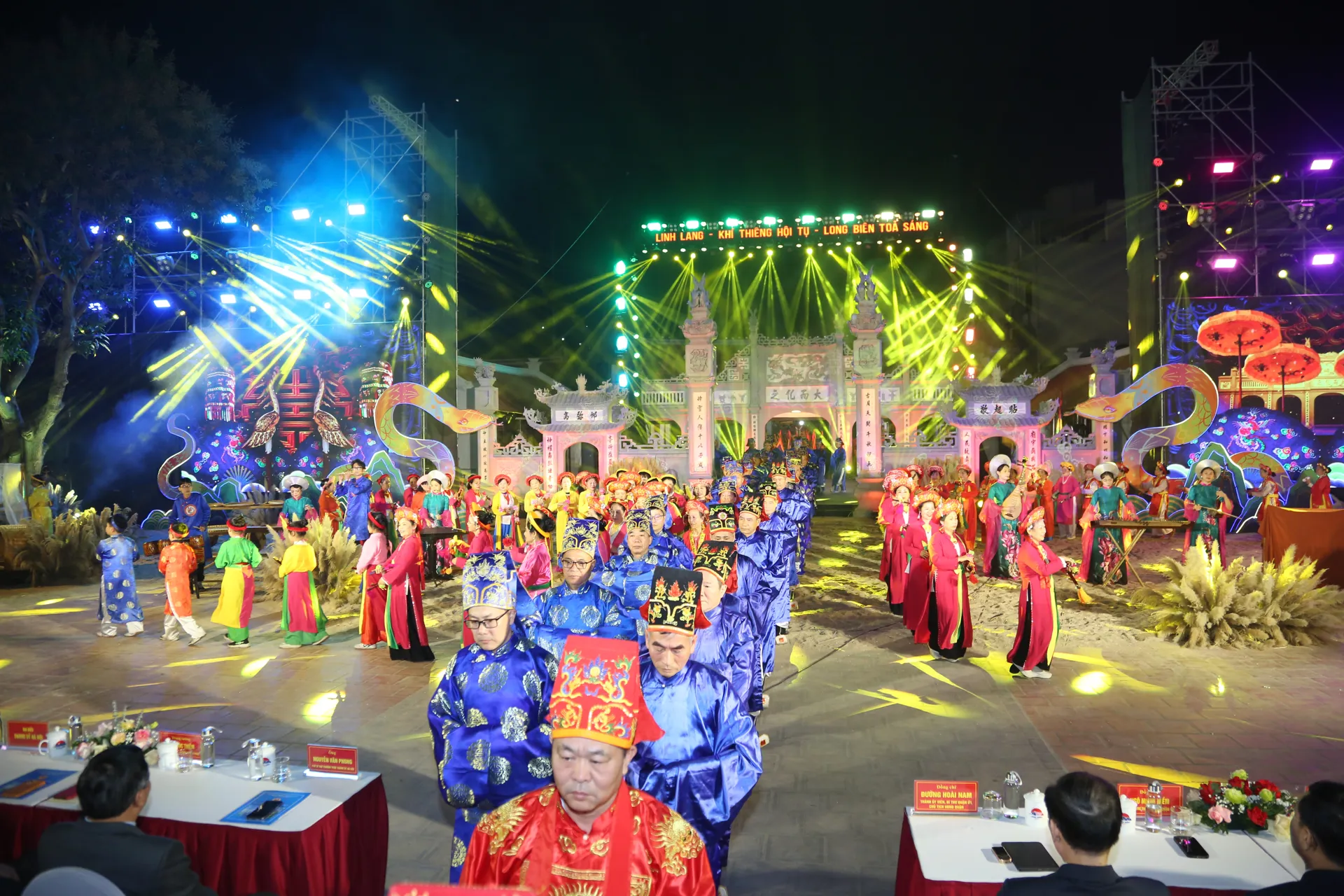
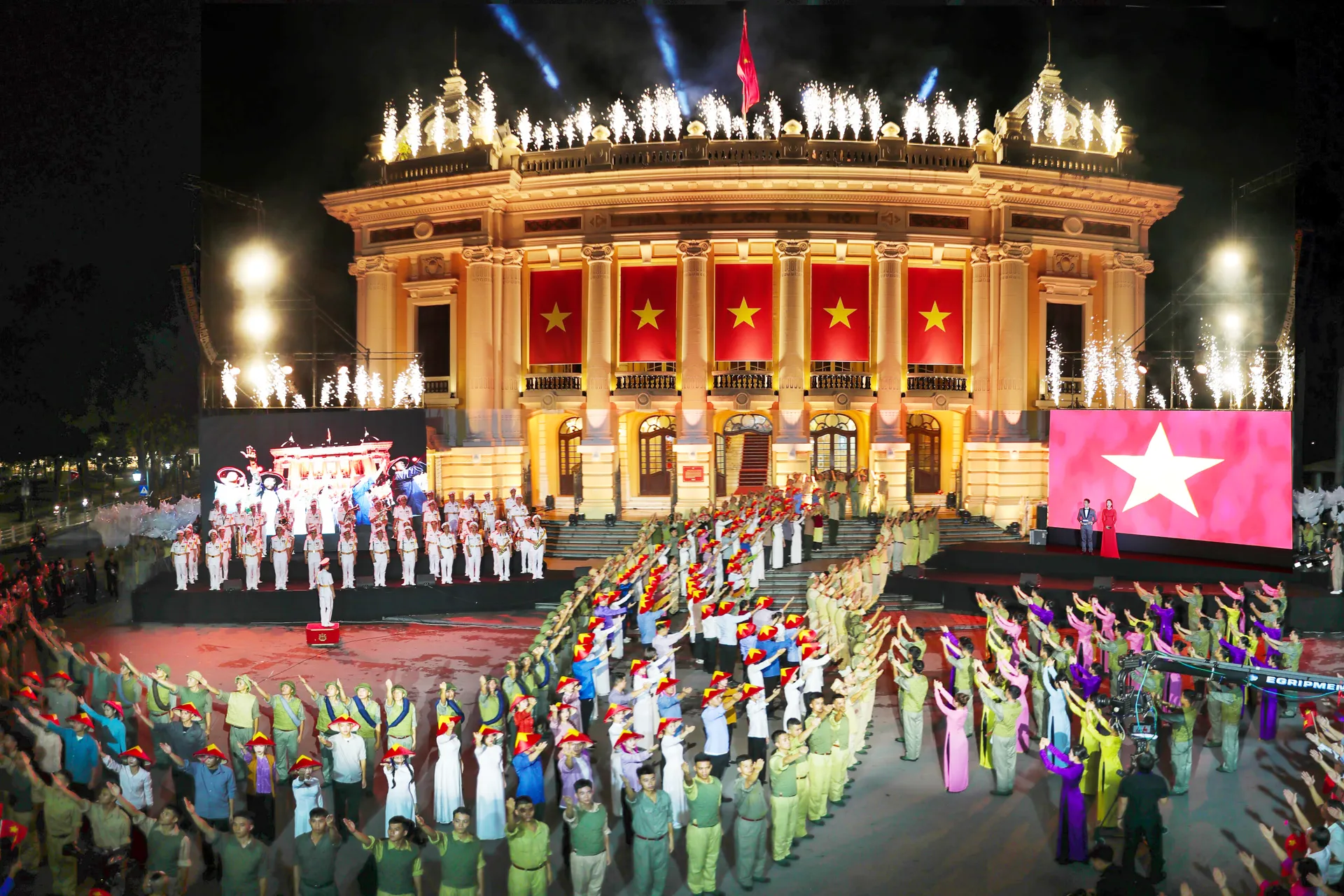

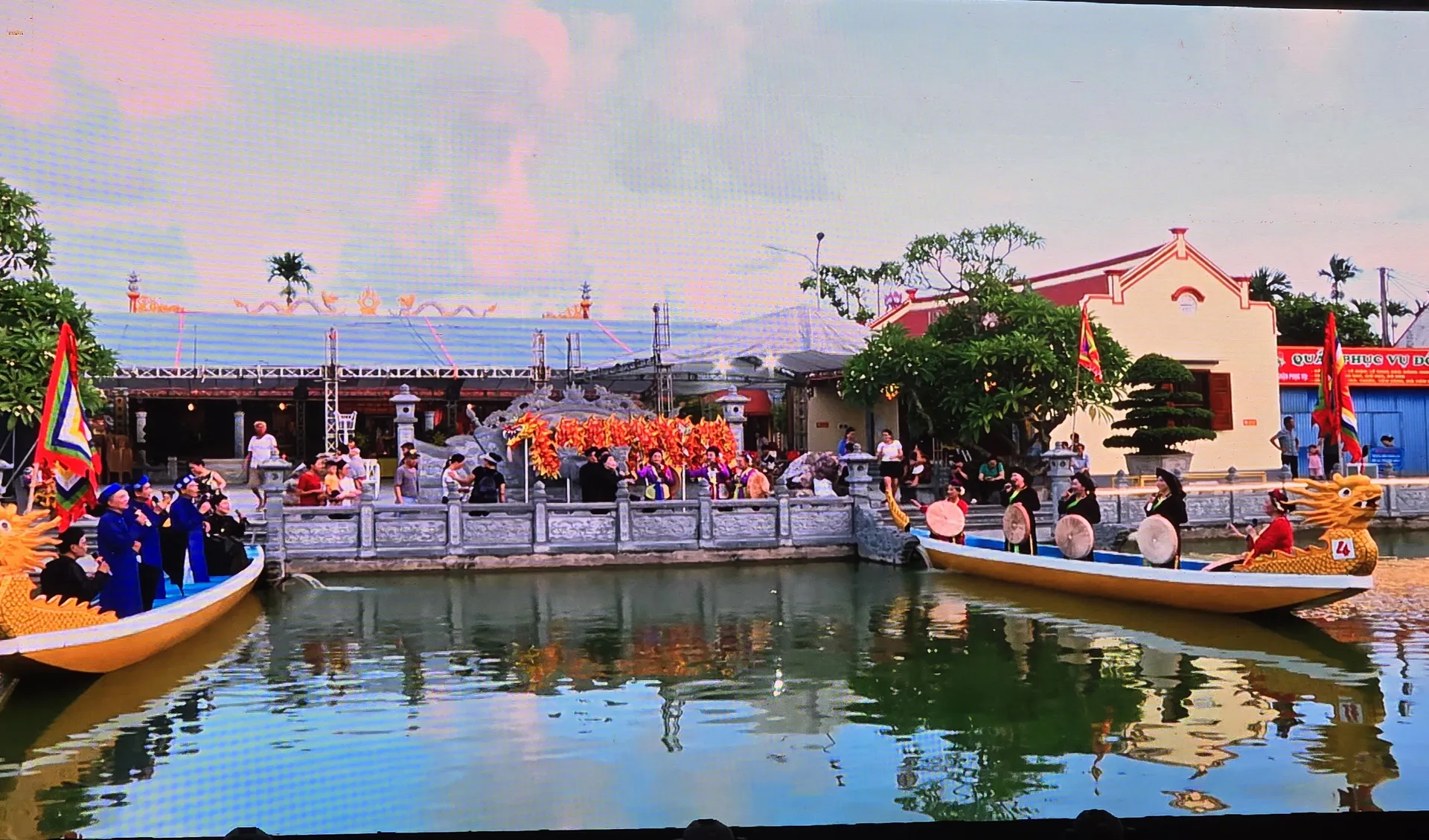








































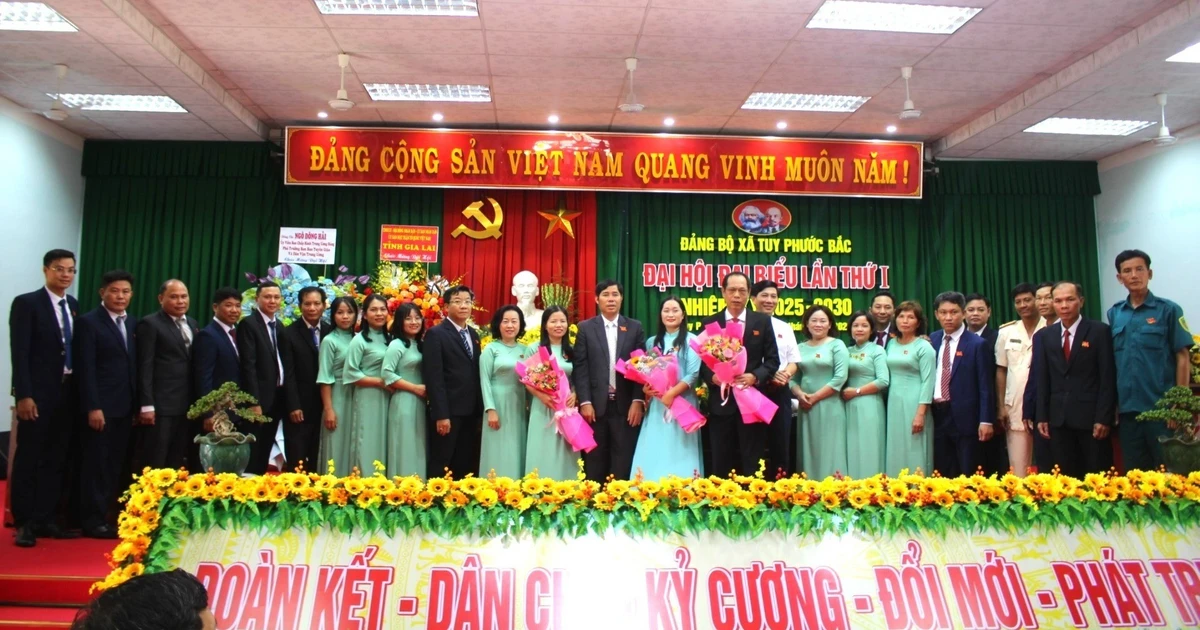



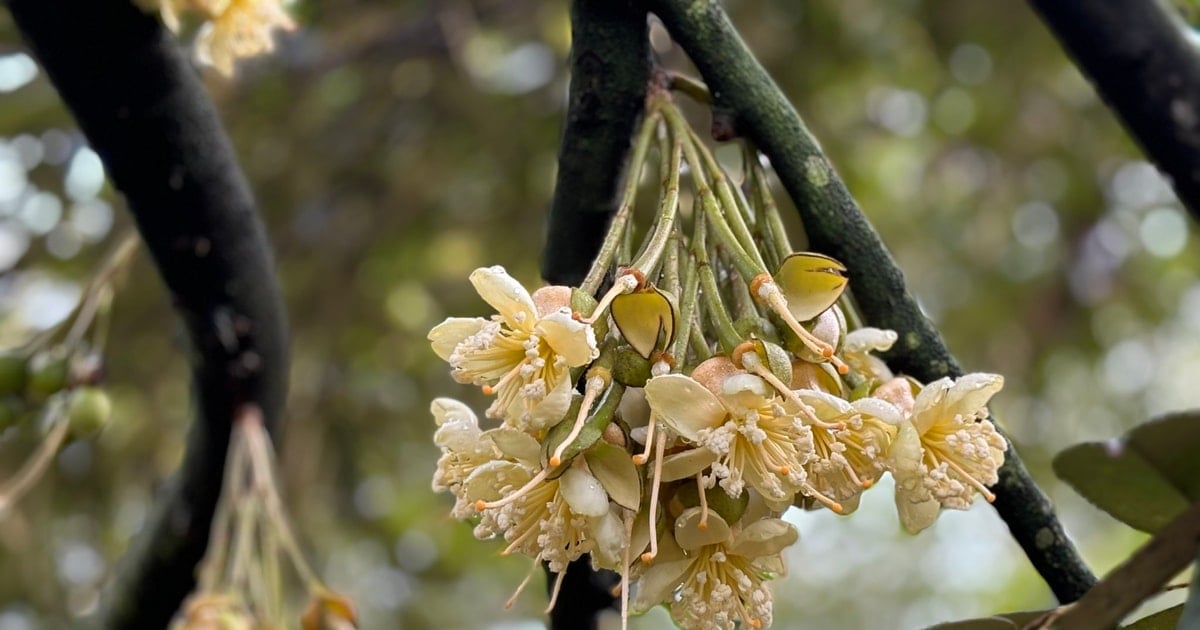
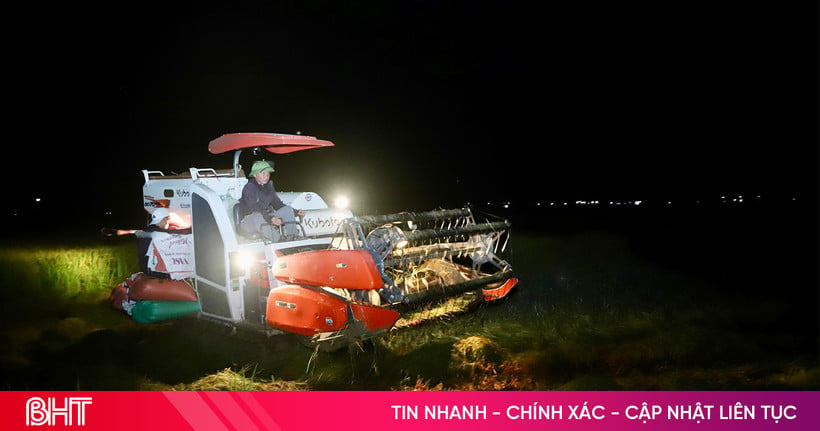

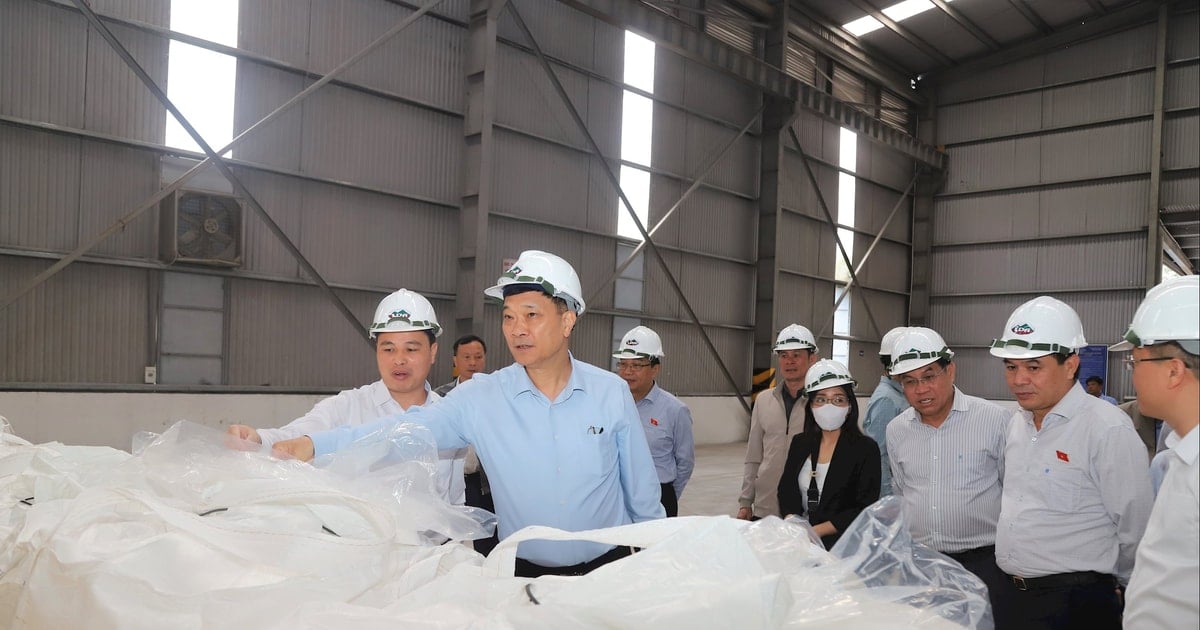
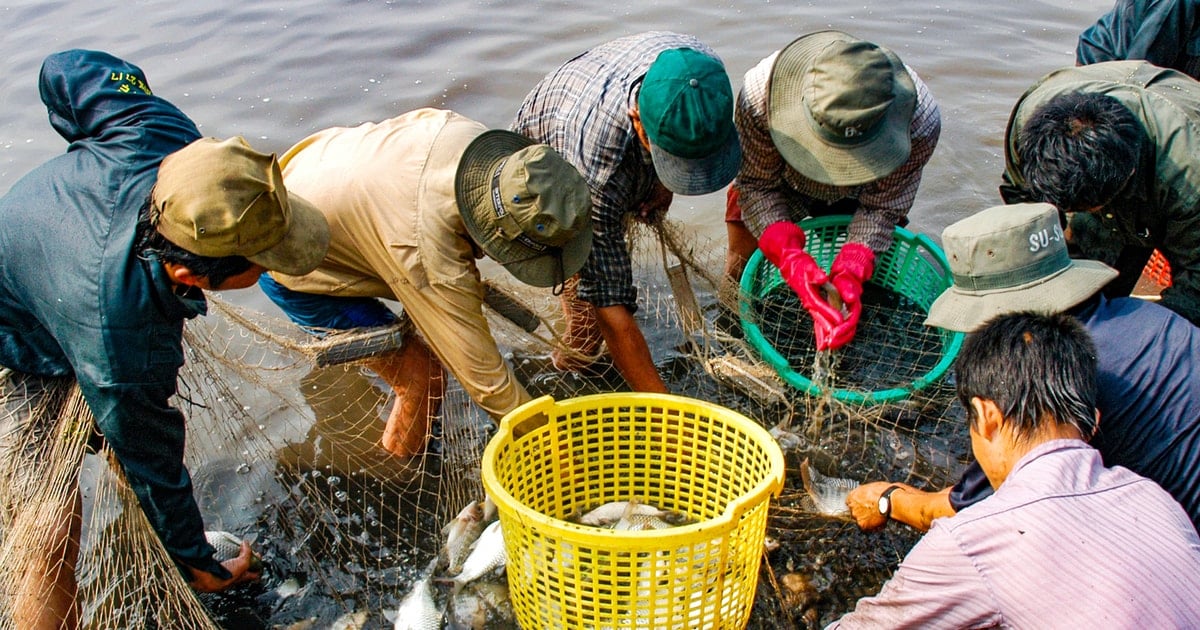















Comment (0)